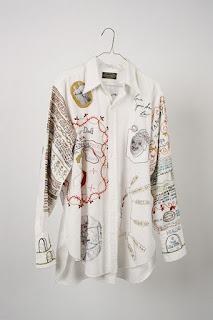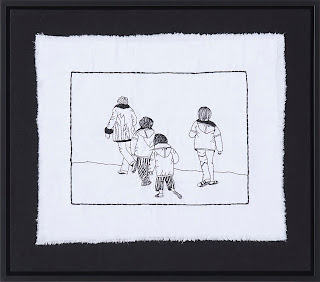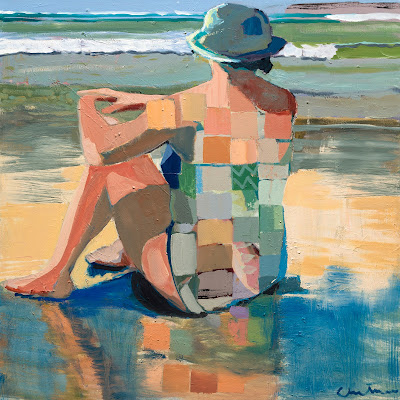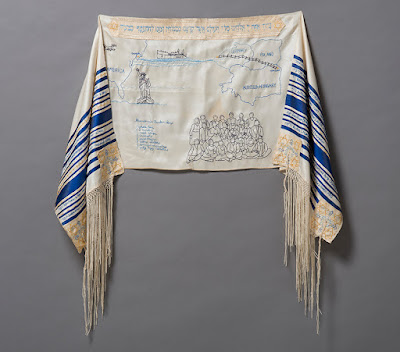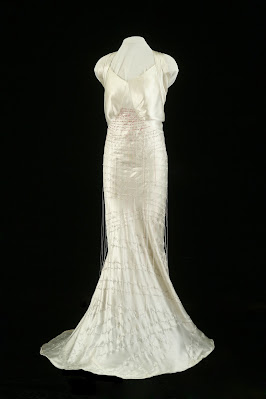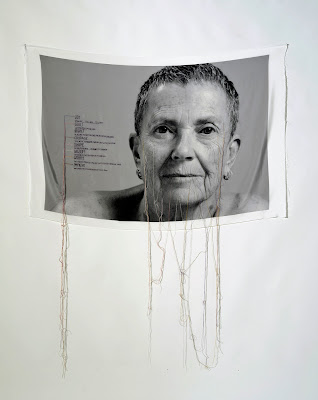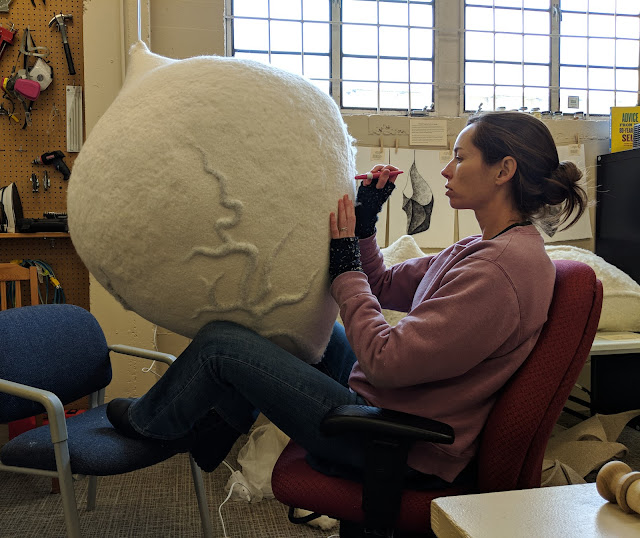Michael Nashef will present his work at the 43rd Yuma Arts Symposium February 24th - 26th 2022
Throughout history, peace has been a scarce commodity in any human civilization, and war seems to be a dominant theme. Destruction is one of the prevailing outcomes of these wars. Having lived in war-torn Lebanon for half of my life, I have seen a lot of destruction and damage that has been imposed on beautiful architecture. It takes months, even years, to design, build and finish a building, yet it takes less than a second to bring it crumbling down with a powerful bomb. Nevertheless, with all the damage the Lebanese architecture sustained, these buildings still function as vessels for human life. They kept us safe, sheltered us, housed us, and shielded us. Seeing the decimation of these structures has caused me to crave perfection, and I grew attracted to the clean lines and curves of modern architecture, which I pursue in my work.
Influenced by the vernacular of architecture and building materials, I have constructed structures that double as vessels. These vessels are distilled representations of war-torn buildings, whose functional resilience comes from the stable and strong material used, cement. This truth, coupled with my inquisitive nature, has brought me to create innovative processes and methods in which my work is created. The simplicity of the forms and lines allow the shot/damaged parts on the vessels to be highlighted and accentuated. By bridging the aesthetics and the materials within my work, I ask the viewer to form a connection to their surroundings, realizing that there is no perfection, only an adaptation to our current status and situation.
Personal Bio
Born in war torn Lebanon and moved to the United States in 1998, Michael Nashef has earned his M.F.A in Metals/Jewelry Design from Bowling Green State University. Nashef has managed a jewelry store, worked as a CAD designer, launched his fine jewelry company Intersecting Hearts, and invented few tools that are used in the jewelry industry. He worked as the area coordinator and lecturer at Towson University in Maryland, and currently is an instructor at Western Michigan University. Nashef has an extensive record of exhibition including solo and international shows. He is published in books such as JaMs and New Bracelets.




